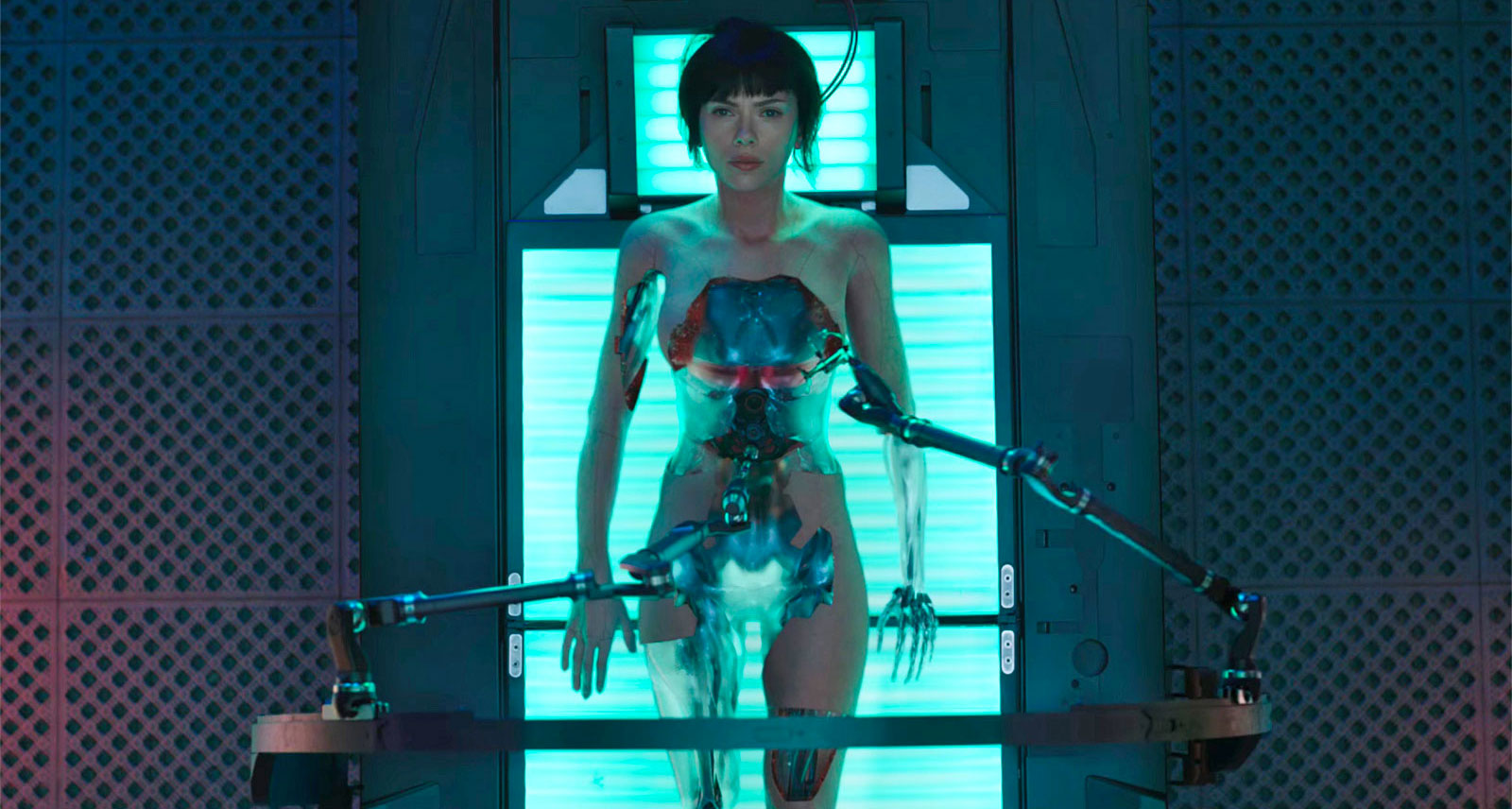6 Lessons the ‘Akira’ Remake Can Learn From ‘Ghost in the Shell’
Hollywood is a copycat industry. Like a toddler who only wants a toy if someone else is already playing with it, once one studio has found a new potential franchise, suddenly everyone wants one. See: comic book team-ups, totalitarian YA dystopias, killer meteor movies. And now, flashy remakes of super-popular Japanese anime franchises.
In other words: it’s probably no coincidence that Warner Bros. “just so happened” to float new rumours of their perpetually-in-the-works Akira remake the very same week a Hollywood Ghost in the Shell remake hit theatres.
Of course, if Ghost in the Shell disappoints at the box office — and reviews are decidedly, ahem, “mixed” — chances are good that Akira will be put back in the box with all the studio’s other expensive, dust-covered toys. But that would be a mistake. Because everything about Ghost in the Shell, from its casting controversy to its underwhelming reviews, makes it the perfect case study for any would-be Akira filmmakers to learn from. Here’s how.
Show Us Something We Haven’t Seen Before
Blame the curious time loop that is the Hollywood remake machine, but even if you haven’t seen a single second of Mamoru Oshii’s 1995 Ghost in the Shell — widely considered one of the GOAT anime films — you’ve still seen 20+ years of sci-fi movies inspired by it, making this 2017 version feel like an exercise in sci-fi déjà vu.
It’s a classic “chicken or the egg” problem: those gravity-defying fight scenes that play like they’ve been ripped straight from The Matrix? Yeah, the Wachowskis copped those from Oshii first. And any Akira movie faces the same challenge — movies like Looper, Chronicle, and Inception all count the original manga as inspiration. The trick is to figure out how to pay tribute to what made the source material so revolutionary without looking derivative compared to the decades’ worth of homages.
Don’t Just Copy-And-Paste
It doesn’t help that most of the major set pieces in Ghost in the Shell are essentially lifted shot-for-shot from the 1995 film (despite the fact that the story itself has been altered drastically). Turning animation into live-action shouldn’t mean just subbing real-life actors in for their 2D counterparts in cherry-picked fight scenes. A good adaptation is about recreating the feel and emotion of the original. Not just the look.
Make the World Come Alive
Rupert Sanders’ film actually does this pretty well, cutting a Fifth Element-esque cityscape with some of Blade Runner’s grit. The result’s a vision of a cyberpunk Tokyo that feels both impressively futuristic and yet perfectly believable, with its massive, skyscraper-sized holograms, dingy back-alleys, cybernetically “enhanced” citizens and creepy robo-spider-geishas.
Focus on More than Just the Visuals
Problem is, Sanders is so obsessed with nailing Ghost in the Shell’s visual aesthetic that the movie pushes absolutely everything else off to the side — suspense, relatable emotions, basic dialogue. This is a director who’s clearly graduated from Zack Snyder Film School, stretching out even the most inconsequential moments into slow-motion shots that linger for so long it practically borders on pornographic. There’s some legitimately stunning CGI work in Ghost in the Shell, but every single shot is built as a monument to whatever expensive visual effect it’s showing off, to the point where it distracts from, you know, following the plot of the movie.
Give Audiences a Little Credit
This is a movie where a helpful graphic will flash on-screen to tell us we’re at Hanka Towers… Over a shot of a skyscraper with a neon Hanka logo on top. And the rest of the script is just as painfully obvious, with characters that explicitly explain Scarlett Johansson’s character arc to her (and the audience): “When we see our uniqueness as a virtue, only then do we find peace.” Meanwhile it takes Johansson’s Major and the rest of her Section 9 crew 20 minutes to figure out twists that have been plainly obvious from the beginning. In other words, it’s your typical modern blockbuster filmmaking. And if Warner Bros. really is eying someone like Jordan Peele for Akira, you’d hope it’s not just for the opportunity to slap his name and indie cred on an otherwise interchangeable sci-fi/action movie.
Maybe, Just Maybe, Cast a Japanese Lead?
Don’t get me wrong. Johansson is hands down the best thing Ghost in the Shell has going for it. But for a movie looking to dodge criticisms of whitewashing, I don’t know, maybe don’t start with a scene where her robot body is literally given a bath in white goo? Just a suggestion.
Luckily, Akira has a chance to get this right where so many other recent movies and shows have missed. Because the last thing this world needs is an Akira movie starring Garrett Hedlund and Kristen Stewart. Please trust us on this.










